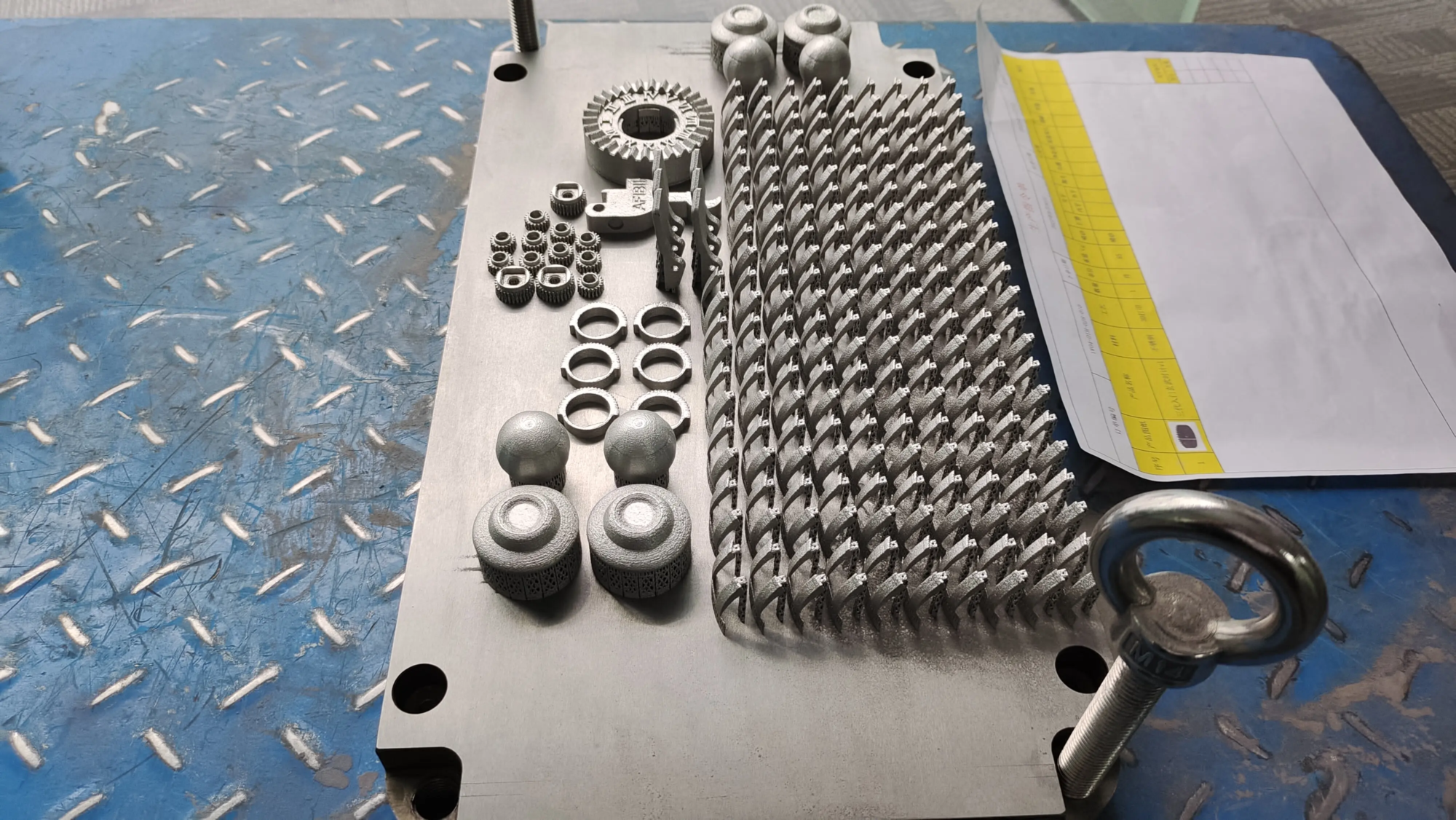When it comes to 3D printing, achieving the required level of accuracy and accuracy is critical to the functionality and overall quality of the final product. One of the key aspects to consider in this process is 3D printing tolerances. Tolerance refers to acceptable limitations of the size of the printed part, and understanding these limitations is crucial for designers, engineers and manufacturers to ensure that their designs can be successfully produced by 3D printing technology.
In the context of 3D printing, tolerances may be affected by a variety of factors, including the type of 3D printing technology used, the material selected for printing, and the design of the parts themselves. For example, different 3D printing technologies such as stereolithography (SLA), selective laser sintering (SLS), and fusion deposition modeling (FDM) have their own unique tolerance standards because of their unique way of constructing parts layer by layer. For example, SLA is known for its high precision and can achieve very tight tolerances, making it suitable for parts that require details and smooth surfaces. On the other hand, FDM, while more affordable and versatile, usually has greater tolerances due to the nature of melting and extruded plastics.
Substance selection also plays an important role in determining tolerances in the 3D printed part. Different materials have different levels of shrinkage, warping and layer adhesion, which may affect the final dimension and accuracy of the printed part. For example, metals printed using selective laser melting (SLM) can provide high accuracy and strength, but may require careful consideration of thermal stress and material properties to achieve the required tolerances.
The design of the part itself is another key factor in achieving the required tolerances. Designers must consider the limitations and functionality of the 3D printing technology and materials they work with. This includes understanding how features like holes, slots, and overhangs will be affected by the printing process. For complex parts or parts that require very tight tolerances, designers may need to apply specific designs to manufacturing (DFM) principles, or consult a manufacturing expert to ensure that their designs are printable and meet specifications.
For companies and individuals who wish to leverage 3D printed prototype or end-use parts, understanding and managing tolerances is critical to achieving the required quality and performance. This involves working closely with 3D printing service providers with specific printing techniques and the specific printing technology expertise used. Such providers can provide guidance on design optimization for 3D printing, material selection and post-processing techniques to ensure that the final section meets the required tolerances and specifications.
Professional rapid prototyping manufacturers such as advanced SLM 3D printers and production technology, such as Greatlight, can handle complex metal parts and provide one-stop post-processing and completion services. Their ability to use a variety of materials and provide customized solutions makes them valuable partners for projects that require precise 3D printed parts. By leveraging their expertise and capabilities, designers and engineers can overcome the challenges of achieving tight tolerances in 3D printing and producing high-quality prototype and end-use parts.
In summary, 3D printing tolerances are a key aspect of the 3D printing process that is affected by the interaction of technology, materials and design. Understanding these factors and how they affect the final product is essential to successfully leverage 3D printing for prototypes and production. By working with knowledgeable manufacturers and adopting careful design and production planning, highly accurate parts can be achieved, even in compliance with the strictest specifications.
FAQ:
- Q: What affects the tolerances for 3D printing?
A: Tolerances in 3D printing will be subject to the type of 3D printing technology, the materials used, and the design of the parts themselves.
- Q: Which 3D printing technology has the most tight tolerances?
A: Stereo-lithography (SLA) is known for providing high accuracy and tight tolerances, although the best technology for a particular project depends on the material and design requirements.
- Q: How do I make sure my 3D printed parts meet the required tolerances?
A: Working closely with 3D printing service providers, they can provide guidance on design optimization, material selection and post-processing to ensure that parts meet the required specifications.
- Q: Are there any design considerations in terms of design in terms of 3D printing?
A: Yes, designers must consider the functions and limitations of 3D printing technology and materials, including how features such as holes, slots and overhangs will be affected by the printing process.
- Q: Can 3D materials be printed with high precision?
A: While many materials can print 3D with high precision, the achievable tolerances vary greatly depending on material properties such as shrinkage, warpage, and layer adhesion.





